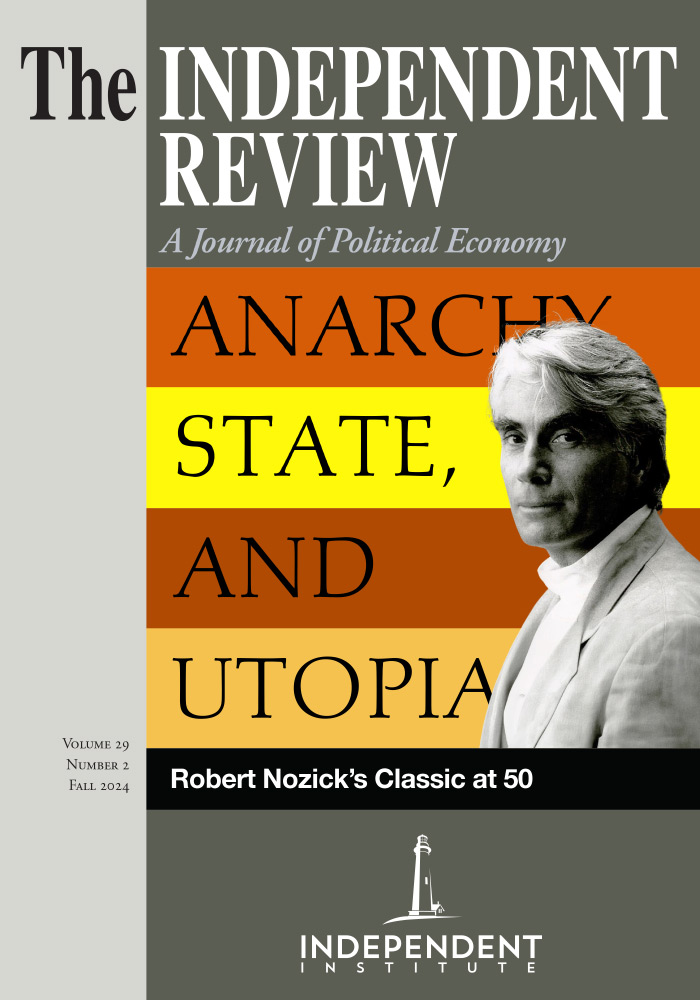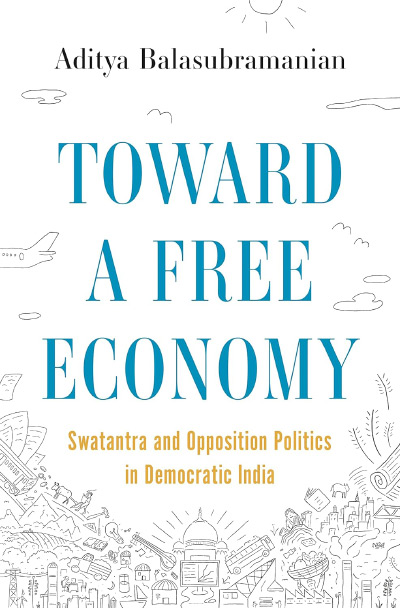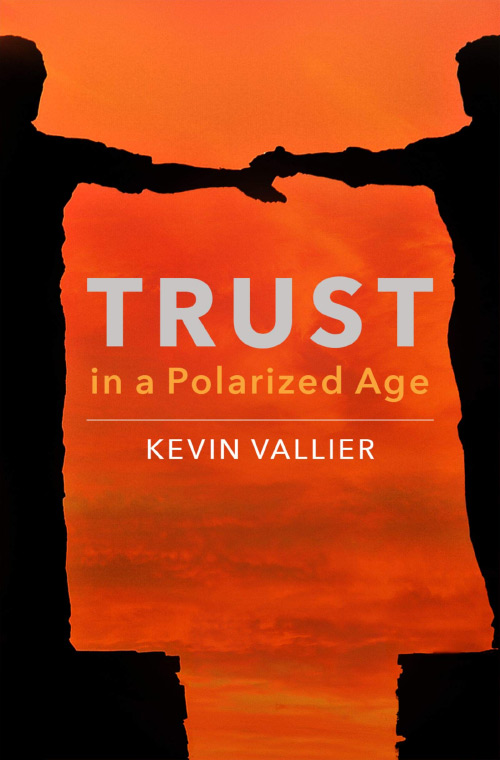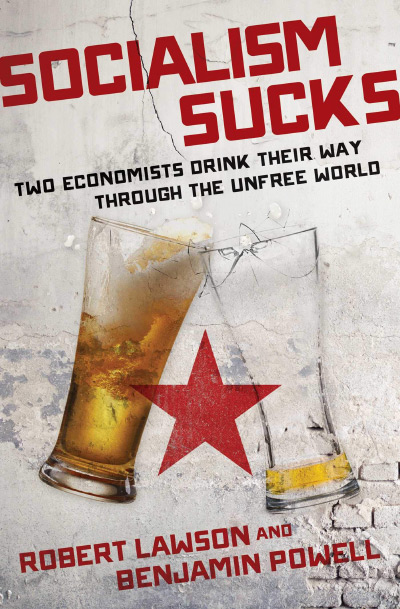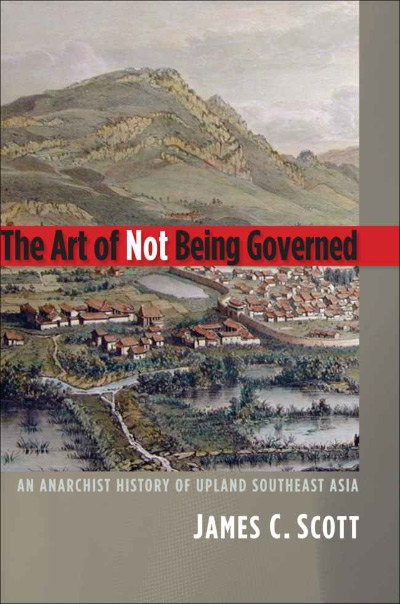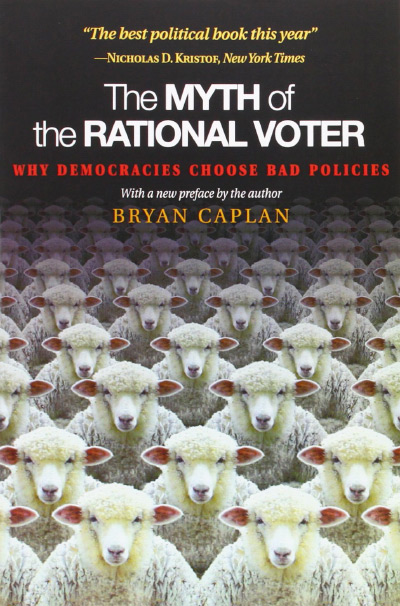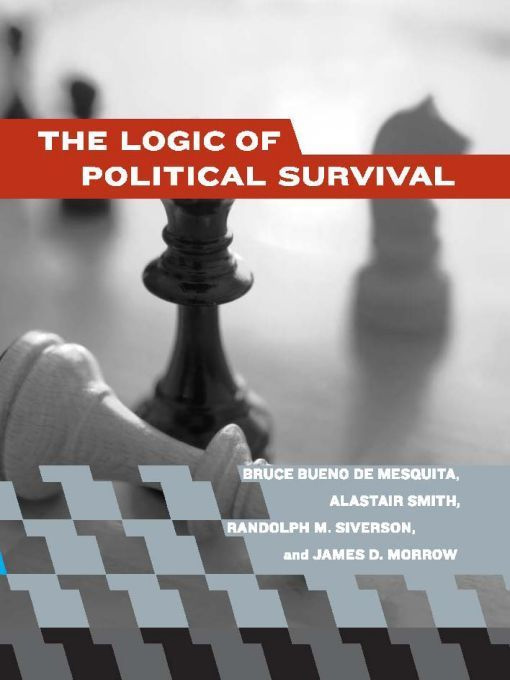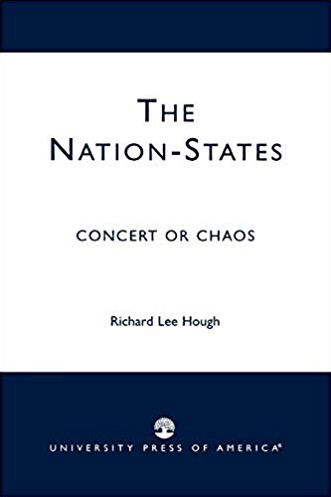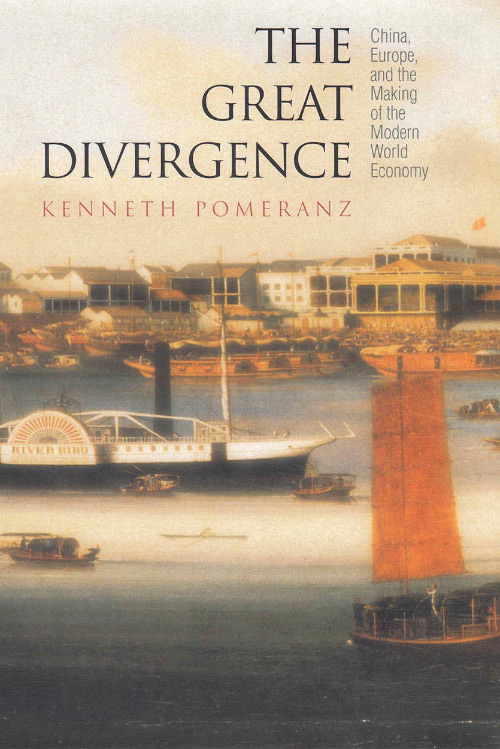Aditya Balasubramanian’s book, Toward a Free Economy, examines the oppositional politics of the Swatantra Party in post-independence India. It focuses on the party’s efforts to mobilize economic discontent and create an alternative vision of growth centered on individual enterprise and localized initiative. Balasubramanian argues that treating the party’s leaders and supporters as merely interest groups simplifies a “complex reality” (p. 158). Instead, he suggests that their strategies and interests should be seen as part of, and shaped by, a historical arc of ideas under the banner of “free economy.” Balasubramanian is more successful at charting the history of the party’s political strategies than in analyzing the ideas shaping them. He makes a valuable contribution to the literature on the early postcolonial state and nation-building in India, particularly in its analysis of organizational strategy and propaganda in Indian politics.
The book is in three parts. Part I, titled “Situating Free Economy,” traces the origins of the “free economy” discourse to the late 1940s and 1950s when key figures like Bombay millowner Ranchhodas Lotvala and his daughter Kusum Lotvala established the Libertarian Social Institute. The institute held weekly discussion groups for university students, hosted thinkers and college lecturers for talks, and operated a book shop and library. The institute also published biweekly magazines through which they advocated for an economy free from state controls and connected with like-minded thinkers and political actors across India.
While studying the marketplace of ideas, especially economic ideas, one ideally looks beyond rhetoric to the more substantive debates in the academy and the policy sphere. As public speeches and pamphlets run their course, it becomes necessary to delve into the analytical models, theoretical frameworks, and intentional policy choices that shape the critique and contestation of ideas. It is this deeper exploration that is absent. Instead, Balasubramanian limits himself to details on the pamphlets, periodicals, and propaganda produced by the Indian libertarian network.
Balasubramanian notes that the Indian libertarians used “hyperbolic language” when criticizing the Congress Party’s policies and warning about the dangers of a totalitarian turn (p. 91). He does not explain what makes their claims hyperbolic. Were their warnings exaggerated only in the context of the 1950s, or were they prescient of the more restrictive economic and political climate of the 1970s?
Balasubramanian argues that, unlike their American counterparts, Indian Libertarians were “far removed from the Indian academy” (p. 108). Even if academics did not directly influence the political consensus that brought the Indian libertarians together, their contributions to Indian scholarship on free enterprise, free trade, and lesser state intervention would qualify them for inclusion in the loosely stitched arc of the free economy discourse. However, Balasubramanian’s account largely ignores academics, except for B.R. Shenoy.
In Part II titled “People, Ideas and Practices,” Balasubramanian explores the regional and caste-based roots of economic “conservatism” that shaped the thinking of the Swatantra Party’s key leaders and their demands for a free economy. It is in this context that Shenoy is presented more as a political actor who served as an informal adviser to the Swatantra party than as a scholar of economics. It is noted that F.A. Hayek taught Shenoy at London School of Economics, and he also invited Shenoy to join the Mont Pelerin Society. However, there is little insight into how the Austrian school and classical liberal thought influenced Shenoy.
Shenoy’s academic publications in the Quarterly Journal of Economics—“An Equation for the Price-Level of New Investment Goods” (1932) and “The Interdependence of the Price-Levels” (1934)—engaged with theories of Knut Wicksell and Eugen von Böhm-Bawerk. These works critiqued Keynesian economics and laid the foundation for his later policy critiques. However, the book only notes Shenoy was the first Indian to publish in this journal (fn. 157, p. 147) without discussing his scholarly engagement with the ideas. Examining Shenoy’s works more deeply, the evolution of his intellectual positions and their impact on his later policy interventions could have enriched the book’s delineation of the “free economy” discourse, bridging the world of ideas and politics and enhancing its contribution to the history of economic thought.
Despite the near unanimity of state-led economic interventionism, this period was not without its share of clashes between opposing schools of economic thought in India. For instance, the 1966 devaluation debate saw economist Jagdish Bhagwati arguing for devaluation to boost exports and reduce inefficient controls, reflecting the principles of free trade and free enterprise that are central to the “free economy” discourse. On the other hand, K.N. Raj cautioned against coupling devaluation with import liberalization. The Indira Gandhi government consulted both these economists. But the government’s attempts to liberalize faced fierce political opposition and were stillborn. This pivotal clash of ideas and policy preferences, foreshadowing the 1991 market reforms, could have been a significant contribution if covered. Similarly, exploring Swatantra leaders’ or Indian libertarians’ deliberations on this matter could have provided relevant insights. It would show how their version of a “free economy” related to and engaged with this critical policy and intellectual episode. This represents another missed opportunity in the book’s analysis.
The author is great at exploring and contextualizing interest group politics, polemics, and practice of Swatantra. He shows how figures like C. Rajagopalachari, rooted in the Tamil countryside, favored decentralized development sensitive to local needs, while N.G. Ranga’s ideas aligned with the interests of landowning peasant castes like Kammas in Andhra Pradesh. Similarly, the rural and urban entrepreneurial sensibilities of Gujarati Patidars and Bombay Parsis influenced the economic outlooks of Bhaikaka Patel and Minoo Masani, respectively. By grounding Indian economic conservatism in regional and caste contexts, Balasubramanian shows how Swatantra leaders channeled localized discontent against the Nehruvian state.
But his exploration and analysis never rise into the realm of ideas. Balasubramanian instead argues that Swatantra Party leaders merely “appropriated tenets of classical liberalism and constructed an appeal as an alternative to the dominant Congress” (p. 5). For them, “neoliberal language was one of the ingredients” (p. 155) and in fact, they only used “the polemical content” of such language “rather than theories of institutional design” (p. 208). Even a trained economist like Ranga, as Balasubramanian argues, produced work with “triumphal declarations and exaggerated assessments” (p. 173) and “draped in the garb of scientific presentation” (p. 177). Whether Ranga’s work aligns with any specific school of thought or applies particular analytical frameworks remains unanswered.
I believe definitional quibbles are the lowest form of critique. However, the extensive use of labels necessitates some clarification. The author uses various terms to categorize political parties and leaders, and their practices, policies, and polemic: colonial/anticolonial, liberal/conservative, progressive/conservative, classical liberal/neoliberal, totalitarian/antitotalitarian, or communist/anti-communist. When such labels are used, a more explicit discussion of the methodologies, frameworks, and underlying assumptions and evidence for such categorization would be useful.
The book’s most valuable contributions emerge in its granular analysis of Swatantra’s principle-based mobilization strategies in Part III, titled “Party Politics.” By mining party archives, correspondences, and propaganda material, Balasubramanian triumphs in detailing how Swatantra sought to represent the economic interests of an imagined middle-class citizen and rally professional and commercial groups against state controls, taxes, and inflation. Specific examples, like weavers and backward castes joining anti-tax protests in Andhra Pradesh or a journalist traveling nearly 200 miles to address crowds in Tamil Nadu, vividly capture the party’s efforts to build a broad-based, principle-oriented opposition. Balasubramanian demonstrates Swatantra’s attempts to mobilize people around economic ideas rather than caste or religious identity despite its coalition with groups invested in traditional social hierarchies.
Balasubramanian elaborates on Swatantra’s role as an opposition party when taking on issues of corruption and accountability. The section on combating the Congress Party’s bank nationalization and abolition of privy purse policies in the judicial forum offers much more insightful examples of Swatantra’s principled attempts at limiting state intervention. Though Balasubramanian argues that Swatantra legislators also “vivified the parliamentary process” (p. 280), he analyzes and characterizes the lone parliamentary speech cited, that of Masani, as hyperbole. Evidence on how the free economy discourse informed parliamentary interventions is thin.
Balasubramanian is deliberate in contextualizing the rhetoric of Indian libertarians and the Swatantra Party within a broader intellectual trajectory of ideas. To him, such popular mobilization is an alternate way of evolving and transmitting ideas. That said, an intellectual tradition, even in its popular form, is distinct from political and interest group opportunism and requires more convincing evidence to establish this distinction.

